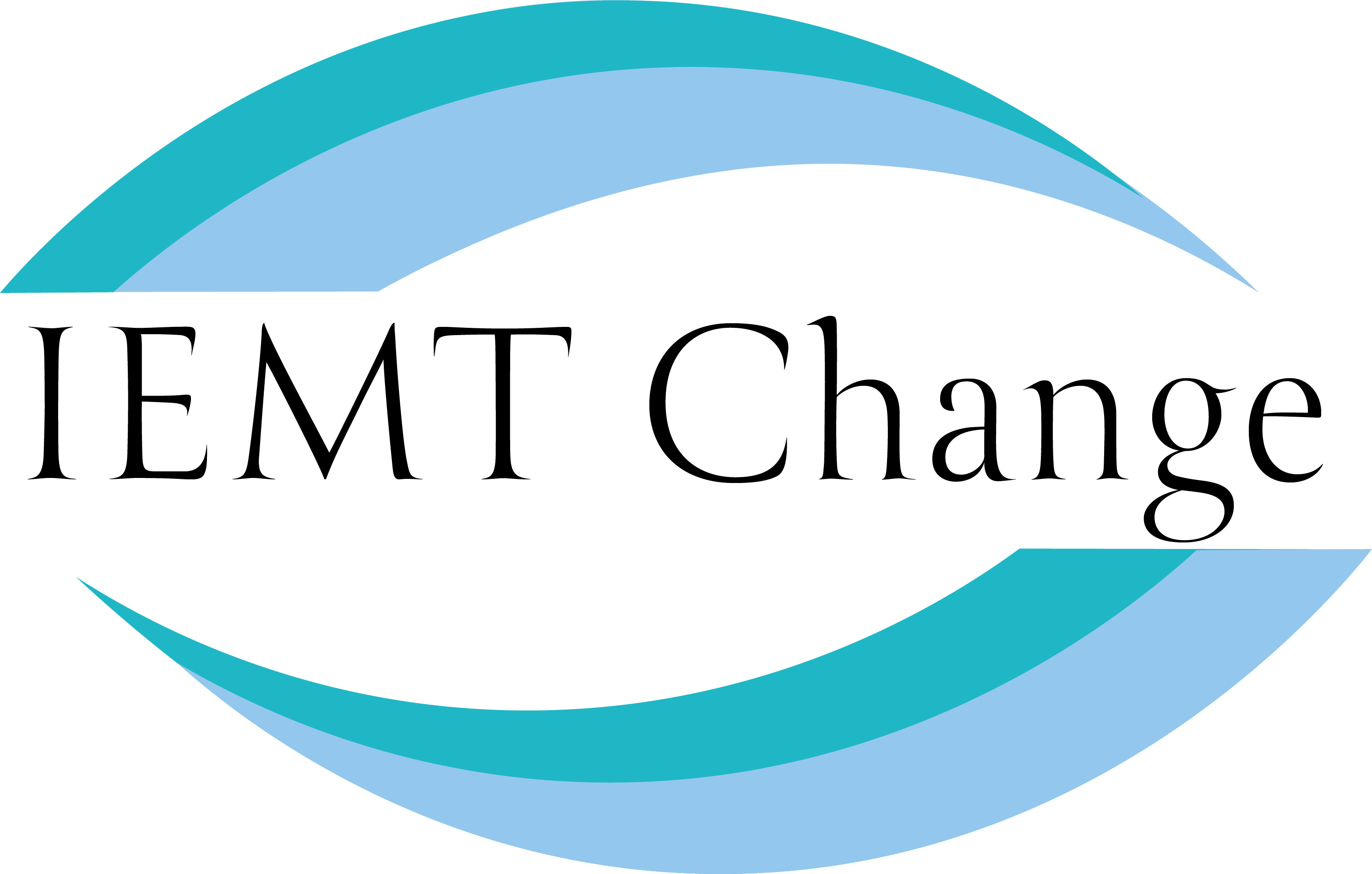When people seek support for anxiety, trauma, or persistent emotional challenges, they often expect to spend time talking through their past, exploring memories, and analysing how they feel. This is the approach many traditional therapies take, and for some, it can be exactly what’s needed.
But Integral Eye Movement Therapy (IEMT) works differently.
It doesn’t involve long conversations or reliving painful events in detail. In fact, one of the things that sets IEMT apart is how little you need to say for it to be effective.
What Makes IEMT Different?
IEMT is a brief, structured, and content-free approach. That means we work directly with how a memory or emotional pattern is experienced in the present moment, without needing to talk through everything that happened.
Rather than focusing on why something happened or why you feel the way you do, IEMT focuses on how the brain is holding that experience in place. It’s designed to create neurological change by working with the eye movements and memory patterns that sit beneath the surface of emotions.
The process helps shift how a memory or issue is represented internally, often reducing the emotional intensity around it, without analysis, storytelling, or digging into all the background.
Why Not Talking Can Still Work
One of the most common questions I’m asked is, “But how can it work if I don’t talk about it?”
It’s a fair question, especially if you’ve only experienced therapy that relies on conversation.
The answer lies in how memories and emotions are stored in the brain. When we think about a past event, we’re not just remembering facts, we’re also reactivating the emotional state linked to it. IEMT works by guiding your eye movements in specific patterns while you hold that experience in mind. This interrupts the way that emotional memory is stored and helps the brain reprocess it differently.
You don’t have to explain the memory to me. You don’t need to understand why it affected you so strongly. You just need to notice how it feels, and I guide you from there.
It’s Okay If You Don’t Know What’s Causing It
Some people come to IEMT knowing exactly where their anxiety or emotional discomfort stems from. Others don’t.
And both are absolutely fine.
You don’t need to have a clear story, a specific event, or a neat explanation. In fact, IEMT can be especially helpful for people who feel “stuck” but can’t quite put their finger on why.
By focusing on how emotions show up in your experience, not the story behind them, we can still create change. IEMT isn’t about solving the mystery of your past; it’s about helping your brain and body respond differently in the present.
What Happens in a Session?
An IEMT session is focused, collaborative, and usually quite structured. Here’s what to expect:
- We begin with a brief discussion about what you’d like help with, such as anxiety, a specific memory, or a recurring emotional state.
- You’ll be asked to bring that feeling or memory to mind, but you won’t need to describe it in detail.
- I’ll guide your eyes through specific movements while you stay focused on the internal experience.
- You’ll simply notice what changes, and we repeat the process as needed, working through different aspects of the issue.
Most people find that they experience a noticeable shift in how they feel about the memory or emotion, even after just one session.
A Different Way Forward
IEMT isn’t about replacing other approaches, it’s simply a different route. For many people, especially those who find it hard to talk or don’t want to rehash the past, it offers a refreshing and empowering alternative.
It’s practical, focused, and future-oriented. And for those who are tired of feeling the same emotional patterns repeat, even when they don’t understand why, it can be a valuable way forward.
If you’re curious about whether IEMT might be right for you, feel free to get in touch. You don’t need all the answers to begin, you just need to take the first step.

